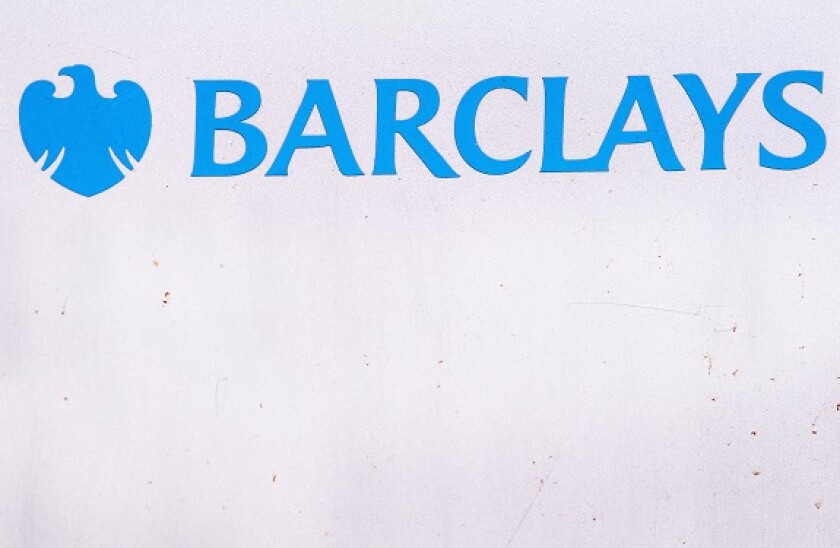Barclays brings tier two as markets brighten

Barclays opened books on a new tier two capital issue in sterling on Friday, as the financial markets looked set to end a volatile week on a positive note.
Unlock this article.
The content you are trying to view is exclusive to our subscribers.
To unlock this article:
- ✔ 4,000 annual insights
- ✔ 700+ notes and long-form analyses
- ✔ 4 capital markets databases
- ✔ Daily newsletters across markets and asset classes
- ✔ 2 weekly podcasts
